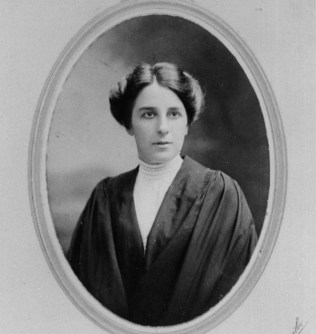
As many as 6,000 new place names will be needed across Victoria over the next three years, and the state government wants to ensure that many of them will recognise outstanding Victorian women.
The move comes after a sample of more than 5,000 place and roads names across the state found that 1,400 had been named after men, while only approximately 200 were named after women.
The Victorian Government has a goal of ensuring that 70% of all new commemorative place names are named after women, as part of its Gender Equality Strategy and Action Plan 2023–2027.
The 6,000 names will be needed for new streets, suburbs, schools, parks, community facilities and buildings as the state’s cities, suburbs, towns and regions continue to grow.
“Place names send a message about the contributions we value and for too long Victoria has not recognised the incredible women who have helped shape our state — we’re asking Victorians to help us change this for the better,” said the Minister for Planning and Suburbs, Sonya Kilkenny.
To that end, nominations are now being accepted under the Remember a Local – Name a Place campaign being coordinated by Geographic Names Victoria.
Eligible for nomination are people who have made a substantial contribution to the state or their community in areas such as healthcare, science, the arts or public service.
To be commemorated, a person must:
- be deceased
- have left a lasting legacy
- have a long association with the nominated area.
One such woman was Dr Ethel Mary Vaughan Cowan, who was the first female doctor at the Melbourne Free Hospital for Sick Children, now known as the Royal Children’s Hospital, and who set a precedent for future female doctors in Victoria.
Cowan Lane in Carlton is now named after Dr Cowan.
“Dr Cowan is just one example of the many remarkable women whose contributions deserve to be recognised and this campaign is all about ensuring our public spaces reflect the rich diversity and history of Victoria,” the Minister said.
The campaign is also open to nominations from underrepresented groups, including First Nations, LGBTQIA+, people with disabilities, and culturally diverse communities.






